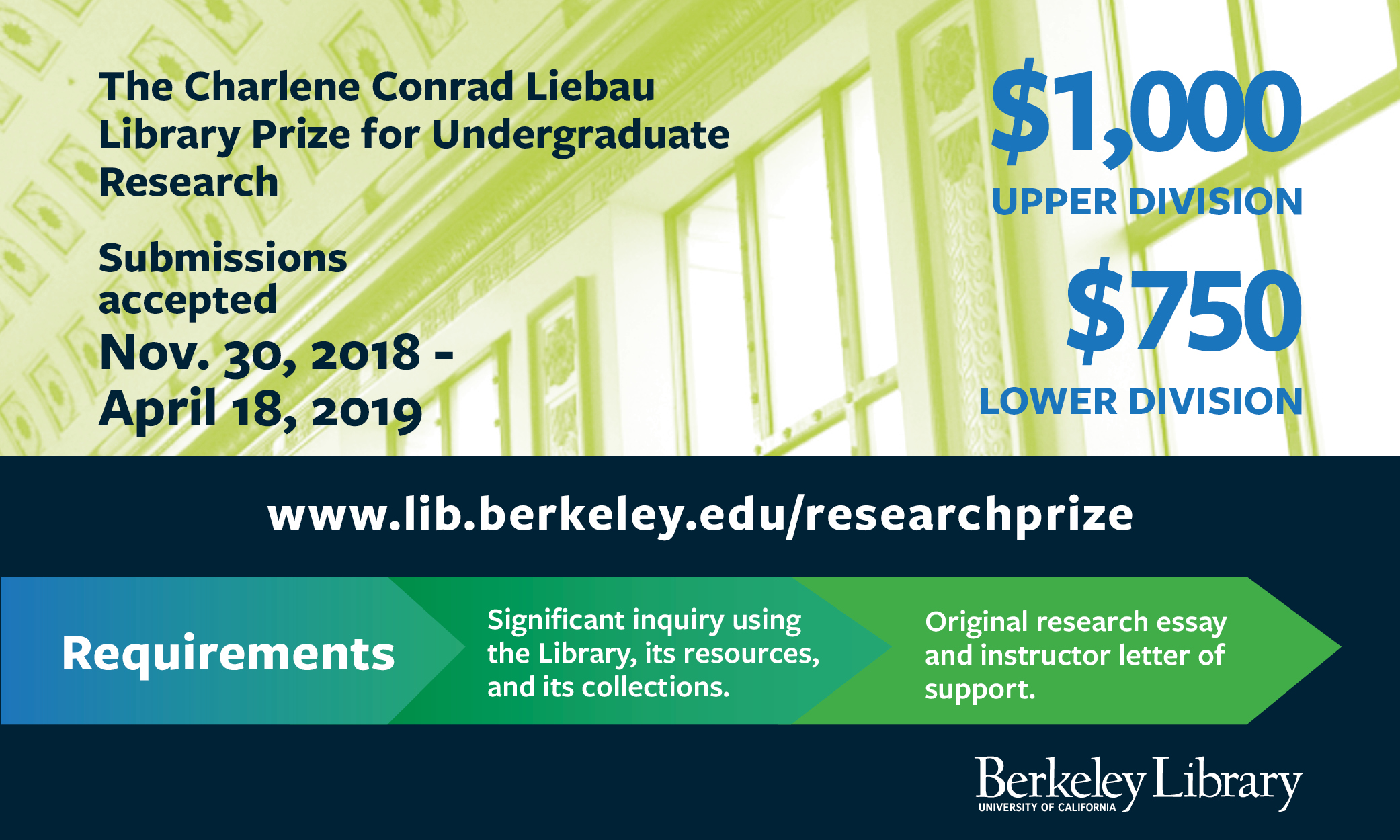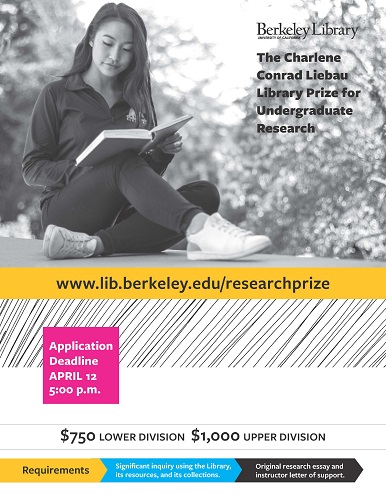Tag: library prize
Library Prize Exhibit: Sympathy for the Loss of a Comrade
By Adam Clemons
In early July of 1873, a soldier named John Taylor reported to the hospital at Fort Stockton, Texas complaining of illness. The fort’s doctor, Peter J.A. Cleary, refused to treat him. Instead, he sent Taylor to the guard house as punishment. Three days later John Taylor was dead. Taylor’s fellow soldiers, incensed by what they believed to be racially motivated medical neglect by Cleary, drafted a statement detailing the patterns of abusive treatment of Taylor and calling for a formal investigation into his death. The officers at Fort Stockton responded by placing twenty-one of the soldiers who signed the letter, mostly non-commissioned officers, on trial for attempted mutiny. Though the charge was ultimately downgraded to a failure to follow proper procedure, twenty out of the twenty-one charged soldiers were dishonorably discharged and sent to prison in Huntsville, Texas.



Photos by Jami Smith for the UC Berkeley Library
In “Sympathy for the Loss of a Comrade: Black Citizenship and the 1873 Fort Stockton ‘Mutiny’,” Nick Eskow successfully reconstructed the events at Fort Stockton using library resources such as period publications, government documents, newspapers, and archival collections. Where others have relied on the accounts of the white officers to tell this story, Eskow sought out the perspective of the black soldiers through extensive research and analysis of the historical record. Eskow’s exceptional effort earned him the prestigious 2018 Charlene Conrad Liebau Library Prize for Undergraduate Research, an annual prize awarded to students who have done high-level, course-based research while demonstrating significant use of the Library’s resources.
Eskow’s research is also the subject of the rotating Library Prize Exhibit, located on the second floor of Doe Library between Heyns Reading Room and Reference Hall. Drawing on collections held at UC Berkeley, Fort Stockton, Texas, and the National Archives in Washington, D.C., the exhibit displays some of the documents Eskow used to capture the voice of the black soldiers including a digital version of the original petition letter, which includes a few pages of soldiers’ signatures to show the “X” marks by many names. These marks, meant to stand for “his mark,” indicates that many of the soldiers, who were former slaves, could not sign their names and implies that they could neither read nor write. Other documents on display include an 1868 copy of S.V. Benet’s A Treatise on Military Law and Practice of Courts-Martial, which was repeatedly cited by the white officers at Fort Stockton to support their charge against the black soldiers as well as a detailed timeline of the events at Fort Stockton from the death of John Taylor to the sentencing of the twenty soldiers who signed the petition letter.
The Charlene Conrad Liebau Library Prize for Undergraduate Research is awarded annually to UC Berkeley undergraduates. Any course-based research projects completed at UC Berkeley during the award year are eligible. In addition to a monetary prize for winners – $750 for lower division and $1000 for upper division – award recipients as well as honorable mentions will publish their research in eScholarship, the University of California’s open access publishing platform. Two of the winners are also be featured in an exhibit in the Library.
The exhibit – which was curated by Adam Clemons, Librarian for African and African American Studies, and designed by Aisha Hamilton, Exhibits and Environmental Graphics Coordinator – will be up until November 2019.
Deadline for Library Prize for Undergraduate Research coming up soon!
We are accepting submissions for the Charlene Conrad Liebau Library Prize for Undergraduate Research now until April 18 at 5 p.m. Undergraduate students of all levels and disciplines may apply. We especially welcome submissions from lower division students, whose projects are judged separately from those of the upper division. More details are available on the website.
Works in progress are eligible. Submissions are open to research projects from a UC Berkeley course in one of the following terms:
- Lower division: Spring 2018, Summer 2018, Fall 2018, Spring 2019
- Upper division: Summer 2018, Fall 2018, Spring 2019

Deadline for Library Prize for Undergraduate Research coming up soon!
 We are accepting submissions for the Charlene Conrad Liebau Library Prize for Undergraduate Research now through April 12, 2018! Undergraduate students of all levels and disciplines may apply. We especially welcome submissions from lower division students, whose projects are judged separately from those of the upper division. More details are available on the website. http://www.lib.berkeley.edu/researchprize
We are accepting submissions for the Charlene Conrad Liebau Library Prize for Undergraduate Research now through April 12, 2018! Undergraduate students of all levels and disciplines may apply. We especially welcome submissions from lower division students, whose projects are judged separately from those of the upper division. More details are available on the website. http://www.lib.berkeley.edu/researchprize
Works in progress are eligible. Submissions are open to research projects from a UCB course in one of the following terms:
Lower division prize: Spring 2017, Summer 2017, Fall 2017, Spring 2018
Upper division prize: Summer 2017, Fall 2017, Spring 2018
News: Library Prize for Undergraduate Research application period is open
I am pleased to announce the start of this year’s application period for the Charlene Conrad Liebau Library Prize for Undergraduate Research. The Library Prize rewards excellence in undergraduate research projects that use library resources and demonstrate sophisticated information literacy skills. Supporting the campus priority of providing research opportunities for undergraduates, the Library Prize also recognizes successful teaching through library-based research projects. A panel of faculty and librarians award up to six prizes each year: $750 each to lower-division students and $1,000 each to upper-division students.
To be eligible to win, applicants must:
Be Berkeley undergraduates at any class level (lower- or upper-division) and in any discipline (arts, humanities, social sciences, sciences, and engineering)
Have completed their research project for a credit course at UCB:
Lower division: Spring 2015, Summer 2015, Fall 2015, Spring 2016
Upper division: Summer 2015, Fall 2015, Spring 2016
Agree to contribute to a display about their research mounted by library staff for public exhibition during the year following receipt of the Prize
Applications are accepted until April 14, 2016 at 5 p.m. For more information, please see www.lib.berkeley.edu/researchprize/.
The Library Prize attracts the very best undergraduate papers from courses taught in all disciplines across the campus. Previous winners include students in Architecture, Environmental Sciences, History, Music, Molecular and Cell Biology, and many other disciplines as well.
If you have any questions about the Prize, please contact David Eifler at deifler@library.berkeley.edu.
Exhibit: New exhibit features 2014 Library Prize winning project from History student Matthew Enger
The Charlene Conrad Liebau Library Prize for Undergraduate Research display case on the second floor of the Doe Library now features an exhibit on 2014 prize winner Matthew William Enger’s Order from Chaos: Ethnogenesis, Direct Democracy and Statecraft in California,1948-1958.
Abstract: In the large corpus of academic literature addressing Californian politics in the 1950s, very little scholarship considers the relationship between the state’s robust system of direct democracy, exemplified by the initiative process, and the transformative demographic and economic changes that were then remaking the state. In the course of preparing this thesis, the author found that: (1) the fundamental political, economic and social incentives that sustained a culture of direct democracy in the 1950s have barely changed over the course of sixty years; (2) decades-long political battles centering on old age pensions and public housing peaked in the early part of the 1950s specifically through the initiative process, setting a firm precedent for related disputes in succeeding decades; and (3) white, established, middle-class Californians were psychologically motivated to pursue specific types of policy through the initiative process because of rapid demographic changes that were leaving the state and its cities poorer and less white than they had ever been before. One major consequence of having direct democracy at the onset of a demographic transformation is that elite economic interests and their political allies could usually exploit the initiative process to protect white privilege and maintain existing power structures to the detriment of marginalized communities. As demographic transformation continues to remake the face of the state, the kinds of public policies enacted at the ballot will more and more reflect the priorities of the younger, and more linguistically and culturally diverse California of today.
The full paper is available on eScholarship: http://escholarship.org/uc/item/39x5g29j
The exhibit was curated by Jeffery Loo and designed by Aisha Hamilton.
Library Prize — the deadline is tomorrow afternoon
Just a reminder that the deadline for submissions for this year’s Charlene Conrad Liebau Library Prize for Undergraduate Research is 5 pm tomorrow afternoon (4/16).
Up to six awards are given out to lower-division and upper-division undergraduates for research projects that show evidence of:
- Significant inquiry using the library, its resources, and collections
- Learning about the research and information-gathering process itself.
$1,000 upper-division